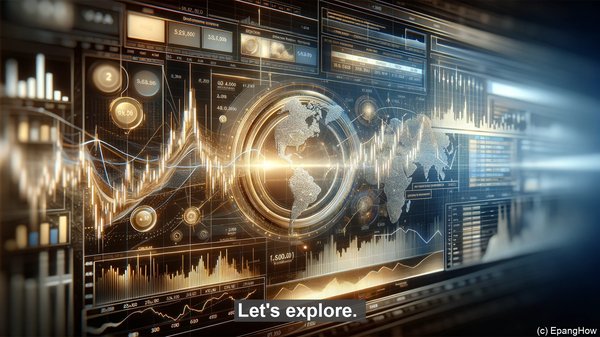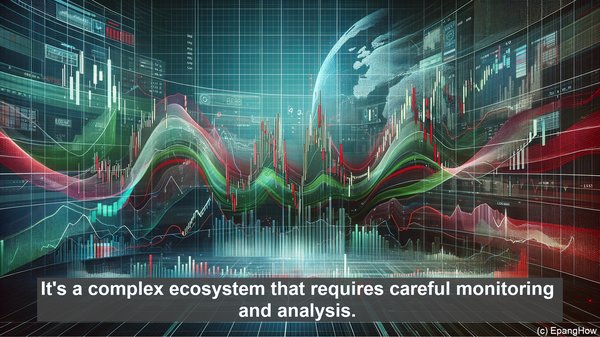Introduction: The Dual Nature of the Economy
Hello everyone, and welcome to today’s video. When we talk about the economy, it’s important to recognize that it operates on two distinct levels: the financial economy and the real economy. While they are interconnected, they have their own unique characteristics and functions. So, what sets them apart? Let’s explore.

The Financial Economy: A World of Transactions
At its core, the financial economy is all about transactions. It encompasses the buying and selling of financial assets, such as stocks, bonds, and derivatives. It’s the realm of banks, investment firms, and other financial institutions. In this space, the focus is on the movement of money and the potential for returns on investments. It’s a dynamic, fast-paced world that often operates in real-time.
The Real Economy: Tangible Goods and Services
In contrast, the real economy deals with the production and consumption of tangible goods and services. It’s the realm of factories, businesses, and everyday transactions. Here, the emphasis is on the creation of value through the manufacturing of products and the provision of services. It’s a world where supply and demand, production costs, and market competition play pivotal roles.
Interplay and Interdependence
While the financial and real economies may seem distinct, they are intricately interconnected. The financial economy relies on the real economy for its foundation. After all, the value of financial assets ultimately stems from the performance and potential of the real economy. On the other hand, the real economy often depends on the financial economy for capital, investments, and liquidity. It’s a symbiotic relationship, with each side influencing and impacting the other.

Implications and Challenges
Understanding the differences between the financial and real economies is crucial for policymakers, investors, and individuals alike. Changes in one can have ripple effects on the other. For example, a financial crisis can lead to a contraction in lending and investments, which can then impact businesses and employment in the real economy. Similarly, shifts in consumer behavior or technological advancements in the real economy can reshape the financial landscape. It’s a complex ecosystem that requires careful monitoring and analysis.
